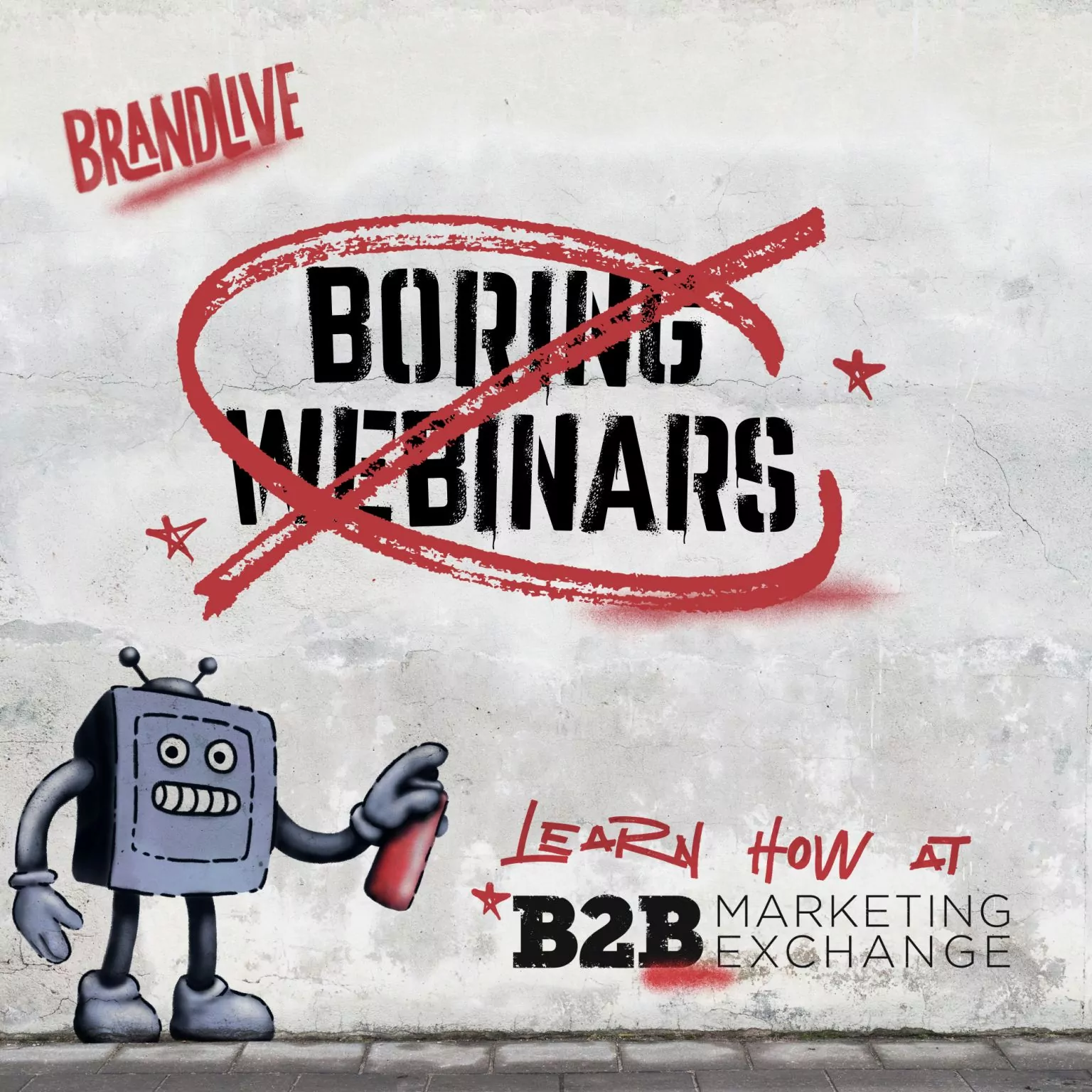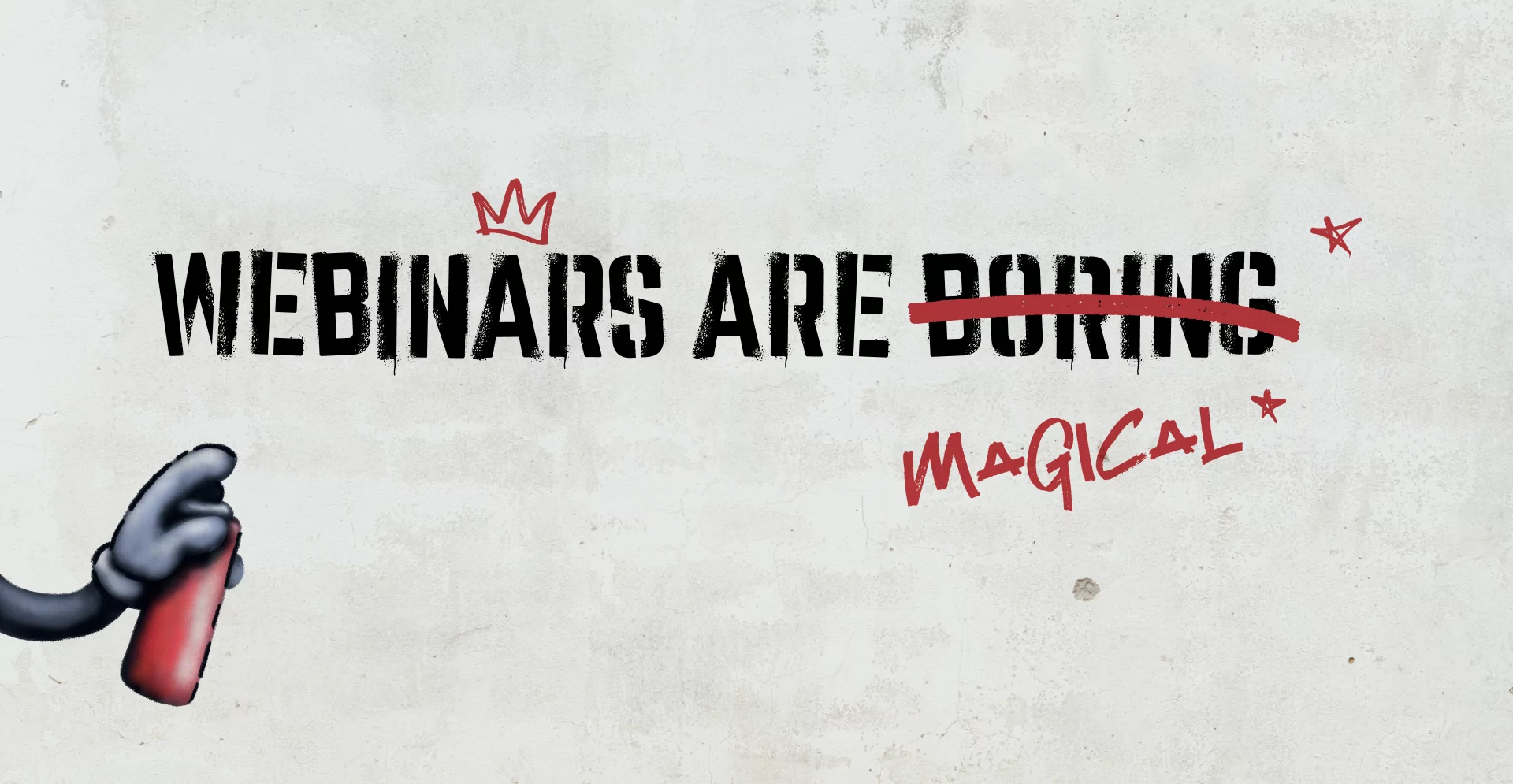Today’s labor market is undergoing a seismic shift so dramatic that economists have dubbed it “The Great Resignation.” With record quit-rates starting in April 2021, the January 2022 US Job Openings and Labor Turnover Survey (JOLTS) reported that over 20 million people quit their jobs in the second half of 2021.
The quit-rate was also more visible than ever, with people celebrating their resignations in Instagram Reels or “QuitToks.”
In addition, 2021 research by Morning Consult showed that 40% of surveyed workers would consider quitting if bosses made them return to office full time.
Why are companies seeing these unprecedented levels of attrition? They haven’t adapted to the Future of Work.
So, What Does the Future of Work Look Like?
The phrase “future of work” isn’t just about where we work. It’s about how we work. How are we working? A lot more time on screens of all types.
Taking teams out of the office pushed more than just a few meetings to Zoom. Today, the main way companies connect is virtually, with a screen of some type as the primary medium.
The way we work has changed. Companies that thoughtfully adjust to meet employee needs in this new environment will attract and retain the best talent.
Our recent study, conducted in partnership with Edison Research, revealed that:
- Work is being done on more kinds of screens than ever. The home-office desktop or laptop PC is not the only device that remote and distributed teams are using to work and communicate. People are working on their tablets and cell phones as well. This means that for employees, work is never more than an arm’s reach away.
Work Life Integration
What do you get when you combine an increased workload with work being done on screens of all types? A blurring of personal and work time. In the past, we’d say this represented a lack of “work life balance.” By now, we’ve learned there is no real “balance”. Today, we recognize a need for work life integration.
Work life integration is more imperative than ever. Employees don’t just want their work life to feel more like their personal life, they need it to.
So, companies are strategizing.
But the cost of getting it wrong is high: employee burnout; which is continuing to fuel the Great Resignation. In an April 2021 survey by McKinsey, 49% of people said they felt at least somewhat burned out. The idea is to get in front of the risk that your employees will burnout, resign, or both.
How to Navigate the Change
Unfortunately, companies are failing to navigate the change because they haven’t realized that the way we connect at work — on screens — is still in the stone age. Employers haven’t recognized two major cultural and technological shifts: the way we consume content changed, but the way we create content has changed as well.
So how can you adapt as we make this transition to how a remote and distributed workforce consumes content? The highest impact investment you can make is updating the way you communicate with your employees and key audiences.
The good news: these shifts in content consumption and creation actually makes it easy to bring the “magic of television” to work.
The phrase “magic of television” simply means people engage with it. Isn’t that the outcome organizations are looking for? For employees to be more engaged with your company at the end of the meeting than before it started?
To Summarize…
When we talk about “the future of work”, here’s what we think:
- Work content should feel like what we consume outside of work.
- Work is defined by where, when and how.
We’ll talk about the “how” more here in this very blog series.
How can work content feel more like what we consume outside of work?
At Brandlive, we’re creating shows that answer this question, with clients like Luxottica, Adidas, ARK Investments, and more. Based on that work, we have a few suggestions for you.
Read the next article in the series to learn more.































